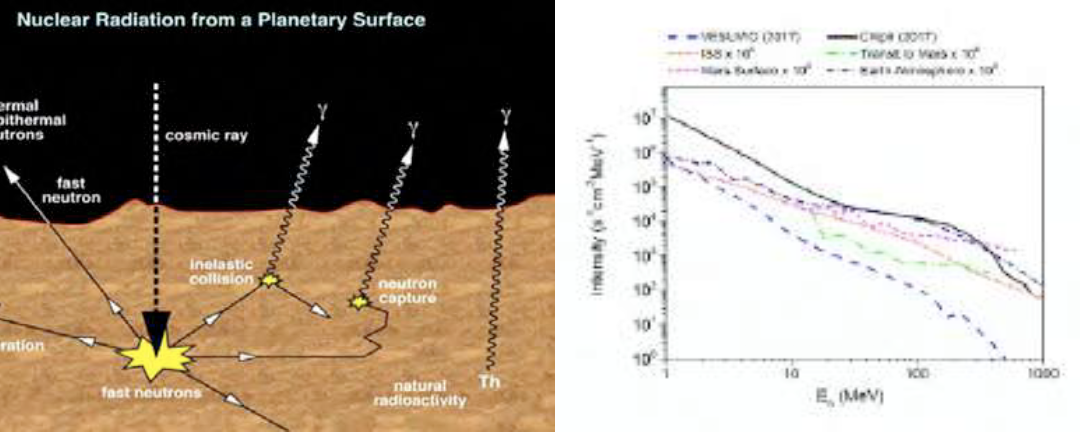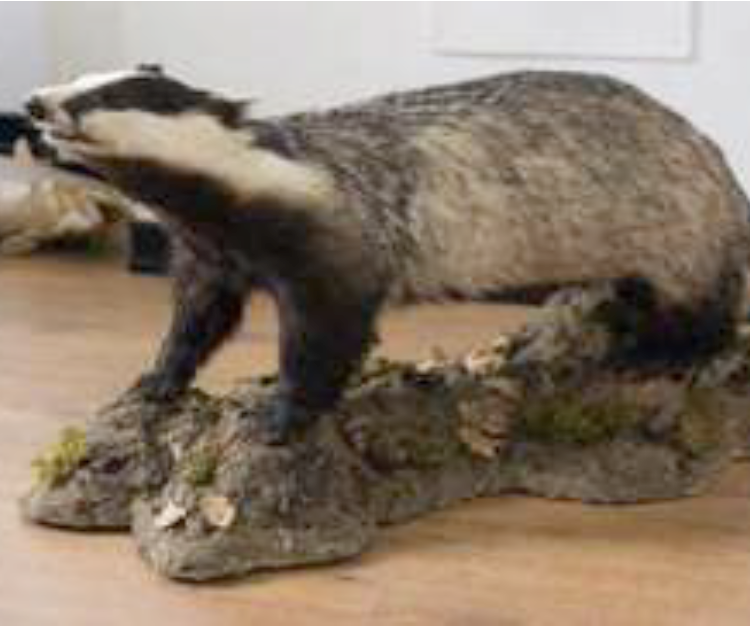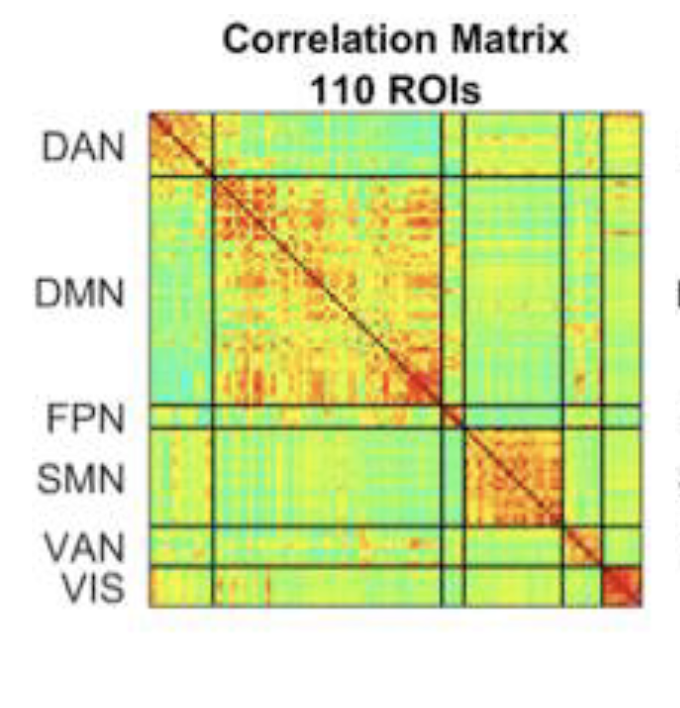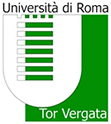- Home
- Senza categoria
Space
Flash memory test for space applications

Cultural Heritage
“Molecular analysis of plant paleogenomes”
Next Generation Sequencing analysis allow to detect and identify the existence of ancient vegetable DNA simultaneously, and without overlapping, present in a single matrix. This technique has been used by researchers from the De partment of Biology for the identification of molecules of ancient plant DNA present in the dental cast, traced on human finds from archaeological contexts in order to reconstruct the pattern of plant subsistence and obtain information on possible medicinal species used in the past.
partment of Biology for the identification of molecules of ancient plant DNA present in the dental cast, traced on human finds from archaeological contexts in order to reconstruct the pattern of plant subsistence and obtain information on possible medicinal species used in the past.
Furthermore, the sequencing of ancient DNA fragments purified from historical plant samples has allowed their genetic characterization, their taxonomic identification through the DNA barcode technique and the study of the evolution of the identified gene regions. With the
realization of ISIS@MACH the UTOV tem intends to expand the molecular characterization activities of plant paleogenomes. The project foresees new experimental analyzes to be realized – through the platform for “apply for beamtime” – both a ISIS@MACH, and at ISIS neutron beam.lines, using the complementary neutron techniques of the TOSCA, MAPS, IMAT beam lines.
References (TO BE ADDED)
Life Science
“Analysis of brain networks”
 An essential requirement for the characterization of brain networks is the development of adequate methods of analysis in degrees of separate the non-specific contribution of physiological noise (related to breathing, heartbeat, etc.) from long-range correlation brain activity that defines functional networks. While spurious correlations induced by extraneural causes have sufficient distinctive elements (for example, they tend to be global) it is extremely difficult to separate them from functional correlations, especially if these are not static, but modulated by external factors (environmental stimulations, pathologies). In the last three years the Centro Fermi group has been developing advanced methods for the characterization and removal of physiological noise from fMRI data, exploiting both postprocessing methods and methods based on particular MRI techniques (for example, multi-echo acquisition). Following the creation of the node, the group plans to expand this research on brain networks, and start a new characterization program for ‘biomaterials’, which envisages project proposals to be realized – through the platform for “apply for beamtime” – both at ISIS @ MACH, and at ISIS, using the complementary ISIS neutron techniques at MAPS, WISH, OffSpec, Larmor beam lines, SANS, SANS2D.
An essential requirement for the characterization of brain networks is the development of adequate methods of analysis in degrees of separate the non-specific contribution of physiological noise (related to breathing, heartbeat, etc.) from long-range correlation brain activity that defines functional networks. While spurious correlations induced by extraneural causes have sufficient distinctive elements (for example, they tend to be global) it is extremely difficult to separate them from functional correlations, especially if these are not static, but modulated by external factors (environmental stimulations, pathologies). In the last three years the Centro Fermi group has been developing advanced methods for the characterization and removal of physiological noise from fMRI data, exploiting both postprocessing methods and methods based on particular MRI techniques (for example, multi-echo acquisition). Following the creation of the node, the group plans to expand this research on brain networks, and start a new characterization program for ‘biomaterials’, which envisages project proposals to be realized – through the platform for “apply for beamtime” – both at ISIS @ MACH, and at ISIS, using the complementary ISIS neutron techniques at MAPS, WISH, OffSpec, Larmor beam lines, SANS, SANS2D.References (TO BE ADDED)
Materiali Compositi (work in progress)
Le sfide derivanti dalla crescita della popolazione, dai cambiamenti climatici e dall’aumento della scarsità delle materie prime guida l’innovazione nello sviluppo di nuovi materiali. La domanda dei consumatori, alla continua ricerca di soluzioni sempre più sostenibili dal punto di vista ambientale, spinge la ricerca e l’innovazione nei materiali, elementi essenziali per il progresso scientifico e industriale. D’altro canto la crescita (e lo sviluppo) della popolazione globale e i cambiamenti climatici hanno impatto sulla progettazione e produzione di materiali. Si prevede che entro il 2050 la popolazione globale raggiungerà i 9,6 miliardi, con circa il 90% delle persone che vivranno nelle città. In questo quadro scienziati in tutto il mondo sono al lavoro per sviluppare nuovi materiali compositi per la produzione di energia sostenibile e rinnovabile, la trasmissione e lo stoccaggio più efficiente per costruire case più smart ed efficienti dal punto di vista energetico, per i trasporti e l’assistenza sanitaria del futuro.
ICT
[VA TRADOTTO IN ITALIANO]
[IDENTIFICARE I TIPI DI SERVIZI E ACCESSO CHE SI VUOLE FORNIRE AGLI UTENTI]
Relationship between materials and ICT (Information and Communications Technology)
- ByN (Body as a network Node) [1-3]: a developing scenario for future networks could envisage an active role of the human body in the network functions and performance. The decreasing distance between network user and his/her smart devices and the consequent increasing interaction between user’s body, senses and brain commands with the network concur in the above vision, where user needs and device functions tend to converge. If human body is intended to host some of the device and network node functions, the development of suitable bio-compatible materials would be a pillar in the development of the above scenario. The analysis of the effects of a human body (or parts of it) on the radiating Electro-Magnetic waves is a very important aspect to enable the design of new ICT applications of radio signals. EM Phantoms are physical models of the human body that accurately reproduce the effect of the body on electromagnetic radiation. Whole and partial body EM phantoms represent humans in terms of dielectric properties in a wide range of frequencies from below 10 MHz to above 100 GHz. They enable reproducible and consistent Over-The-Air (OTA) evaluation of wireless devices operating in the proximity of the body.
- Space Softwarization [4]: a fascinating innovation related to ICT networks will deal with the software-driven transformation of the integrated network composed by terrestrial, aerial and space components. While the progress of the Software Defined Networking (SDN) approach in terrestrial networks is on-going, satellite experts are recently becoming sensitive to the application of the SDN paradigm to the space component. The space component can also contribute to the data cloudification. When the SDN approach will be fully deployed also at space level, consequences will be amazing at space, ground and user segment levels. The above scenario would imply a deep transformation in terms of satellite configuration and hardware needs, where the key would become the use of the “intangible material”, i.e. an intelligent and flexible software-driven configuration.
E’ prevista la fornitura di accesso con peer review alle facilities di ISIS@IRMACO ad utenti pubblici e privati per:
- TBD
- TBD
- ETC..
[1] G. Sannino, M. Ruggieri, (2017) “Body as A network Node: key is the oral Cavity”, in “Human Bond Communication” (Ed’s Dixit S., Prasad R.), Wiley, pp.87-96, ISBN 9781119341338.
[2] M. Ruggieri, G. Sannino, C. Stallo, (2016) “5G: the Last Frontier?”, Chapter 11 (pp. 163-178) of the book “5G Outlook: Innovations and Applications”, Edited by R. Prasad, ISBN: 9788793379770; e-ISBN: 9788793379787, River Publishers.
[3] S. Di Domenico, M. De Sanctis, E. Cianca, M. Ruggieri, “WiFi-based through-the-wall presence detection of stationary and moving humans analyzing the doppler spectrum”, IEEE Arospace Magazine, vol. 33, no. 5-6, May-June 2018, ISSN: 0885-8985, DOI: 10.1109/MAES.2018.170124, Scopus EID: 2-s2.0-85048095375
[4] T. Rossi, M. De Sanctis, E. Cianca, C. Fragale, M. Ruggieri, H. Fenech, “Future space-based communications infrastructures based on High Throughput Satellites and Software Defined Networking”, 2015 IEEE International Symposium on Systems Engineering (ISSE), Pages: 332 – 337, DOI: 10.1109/SysEng.2015.7302778.
Strumentazione di ISIS@MACH
- Sistema a AFM/SNOM microRaman (Witec o NTMDT)
- Microscopio Elettronico con SPM incorporato (Cambridge S200)
- Microsopico TESCAN con AFM incorporato, per caratterizzazioni SPM sotto osservazione SEM
- due Piattaforme USRP con 160 MHz bandwidth
- Phantom f per esperimenti vicino/dentro il corpo umano
- Sistema da vuoto e ultra alto vuoto
- Cappa chimica ASEM con sistema di aspirazione e filtraggio
ISIS@MACH è il “Nodo” della Infrastruttura di Ricerca ISIS Pulsed Neutron Source – con sede nella regione dello OxfordShire nel Regno Unito- nella Regione Lazio che opera in prima linea nel campo nella ricerca interdisciplinare e tecnologica sui materiali compositi. Il nostro obiettivo è affrontare e contribuire a risolvere problemi globali nei settori dell’ambiente, beni culturali, ICT, energia, sanità, sicurezza, spazio, trasporti.
ISIS@MACH occuperà una struttura di circa 800 mq che verrà realizzata nel campus del Campus di Tor Vergata e numerose strutture all’interno di diversi dipartimenti dell’Università degli Studi di Roma Tor Vergata. All’attività di ricerca sperimentale si affianca una attività di modellizzazione, visualizzazione e ricerca teorica all’avanguardia. ISIS@MACH fornisce accesso agli utenti pubblici e privati, attraverso valutazione di esperti indipendenti (peer review), a moderni laboratori attrezzati con strumentazione all’avanguardia per la la progettazione la fabbricazione, la manipolazione, modellizzazione e la caratterizzazione dei materiali compositi.
Il Centro ha un modello operativo unico che combina in sinergia le competenze dell’Università nei diversi dipartimenti chiave: Biologia, Chimica, Fisica, Medicina, Ingegneria
Gestione
Una gamma completa di funzioni di gestione degli impianti e delle operazioni viene intrapresa all’interno di ISIS@MACH per garantire il mantenimento critio dell’Infrastruttura al fine di rispondere pienamente alle esigenze della ricerca.
L’ufficio Strutture e Sicurezza verrà supervisionato ISIS@MACH Facilities Manager che sarà responsabile del:
-Monitoraggio del corretto funzionamento delle attrezzature dell’impianto, dei servizi di costruzione, dell’ infrastruttura, dell’ambiente e delle condizioni di sicurezza (ad esempio illuminazione, riscaldamento, acqua, servizi sanitari)
– Supervisionare tutti i progetti di modifica e ristrutturazione degli edifici.
– Pianificazione, organizzazione e implementazione di programmi preventivi, correttivi, proattivi di manutenzione e riduzione dei costi e risparmio energetico.
-Monitorare i malfunzionamenti degli impianti e prendere le misure necessarie per risolverli.
– Organizzazione e supervisione della pulizia di tutte le aree.
– Garantire che tutti i laboratori/uffici e le aree comuni siano dotati di mobili e attrezzature adeguati.
Organizzazione
ISIS@MACH verrà gestita dai tre partner Università degli studi di Roma Tor Vergata, Centro Fermi e CONFAPI, attraverso un comitato esecutivo e si avvarrà del contributo di un comitato consultivo esterno e di un comitato di valutazione (Gruppo di Interfaccia) per la selezione delle proposte di accesso degli utenti esterni alle laboratori di ricerca e ai servizi messi a disposizioni presso il ‘Nodo”.
ISIS@MACH sarà un ‘struttura’ di ricerca indipendente con spazio il proprio e strutture identificate, i suoi membri sono componenti dei diversi dipartimenti collegati.
Le questioni etiche associate alle ricerche e alle tecnologie verranno affrontate nell’ambito di comitati per istituire un programma di ricerca e innovazione responsabile.
STRUMENTAZIONE
ISIS@MACH offrirà accesso a una vasta gamma di attrezzature scientifiche presso l’Università di Roma Tor Vergata e il Centro Fermi che saranno gestiti da ricercatori esperti in modellistica, progettazione, fabbricazione e caratterizzazione dei materiali su scala nanometrica e mesoscopica.
Il Nodo, di circa 800 mq ospiterà la maggior parte delle apparecchiature disponibili per l’accesso a utenti accademici e industriali esterni. Tra queste un Sistema a AFM/SNOM microRaman (Witec o NTMDT), un Microscopio Elettronico con SPM incorporato (Cambridge S200) e un Microsopico TESCAN con AFM incorporato, per caratterizzazioni SPM sotto osservazione SEM, due Piattaforme USRP con 160 MHz bandwidth, Phantom fper esperimenti vicino/dentro il corpo umano.
ecc (da completare).
Un laboratorio per processi come segatura, incisione e microsaldature. Spazi, attrezzature e servizi per camere bianche (LN a Fisica).
Ciao mondo!
Benvenuto in WordPress. Questo è il tuo primo articolo. Modificalo o cancellalo e inizia a creare il tuo blog!


